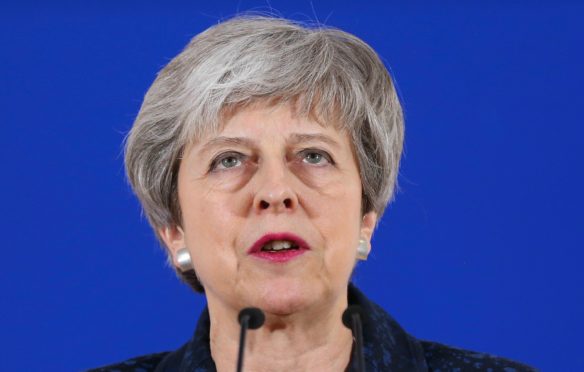
MPs’ failure to agree on any of the Brexit options put to them has heightened speculation at Westminster that a general election may be the only route out of the chaos.
Here are some of the key questions around a snap election:
The next election is not due until 2022, how could an earlier poll be called?
If Theresa May decided to repeat her ill-fated gamble of 2017 and call a snap election, under the rules set out in the 2011 Fixed-term Parliaments Act at least two-thirds of all MPs, 434, would have to back the move to end the current Parliament earlier than scheduled.
Is there any indication she would do that?
It appears unlikely she would choose to take the risk as, unlike in 2017 when the Tories enjoyed leads of more than 20 points in the opinion polls, current trends indicate the Conservatives and Labour are roughly neck and neck.
Downing Street insiders have insisted Mrs May does not believe a general election would be “in the national interest”.
But there have been suggestions she could use the threat of an election and the potential for Jeremy Corbyn to take the keys to Number 10 as an incentive to persuade hardline rebels to finally back down and support her Brexit deal.
Former Tory leader Lord Hague warned that an election could leave the party in a shape worse then 1997, when Tony Blair’s landslide victory had reduced the party to a rump of 165 MPs.
Writing in the Daily Telegraph, the Tory peer said: “The ruin I moved in to as the new leader was, at least, intact.
“We had many differences, but we resolved them without talk of leaving altogether, opposing our own party on a vote of confidence, or deselecting tranches of MPs.”
Could MPs force an early election even if the Prime Minister did not want one?
If the Commons backs, by a simple majority, a motion saying it has no confidence in the Government, this could trigger an election.
If such a motion was passed it would start a 14-day period in which an alternative government could be formed and seek to win a confidence motion.
Should that not happen then there would be an early election.
If a motion was tabled, would Mrs May be ousted?
When Mr Corbyn tried it in January Mrs May’s administration survived by a margin of 19 votes.
But since then a handful of Tory hardliners, including former minister Steve Baker, have indicated they could back a motion of no confidence if Mrs May pursued a soft Brexit policy.
But it seems unlikely that enough Tory MPs would vote to bring down their own administration and the DUP, despite its differences with Mrs May on her Brexit deal, has insisted it would maintain its support for a Conservative government.
Who would lead the Tories into an early election?
The Prime Minister has said she would not be in charge for the 2022 election and has said her exit would come much earlier if her Brexit deal is passed.
But if the Withdrawal Agreement does not go through and she feels forced into calling an election, it appears unlikely there would be enough time for a new Tory leader to be elected and establish themselves in time for the campaign.
If the Prime Minister kept to her timetable of leaving earlier than planned even if her Brexit deal does not go through, whoever replaces her might feel compelled to call an election to seek their own mandate to govern and, they would hope, achieve the Commons majority that eluded Mrs May.

Enjoy the convenience of having The Sunday Post delivered as a digital ePaper straight to your smartphone, tablet or computer.
Subscribe for only £5.49 a month and enjoy all the benefits of the printed paper as a digital replica.
Subscribe